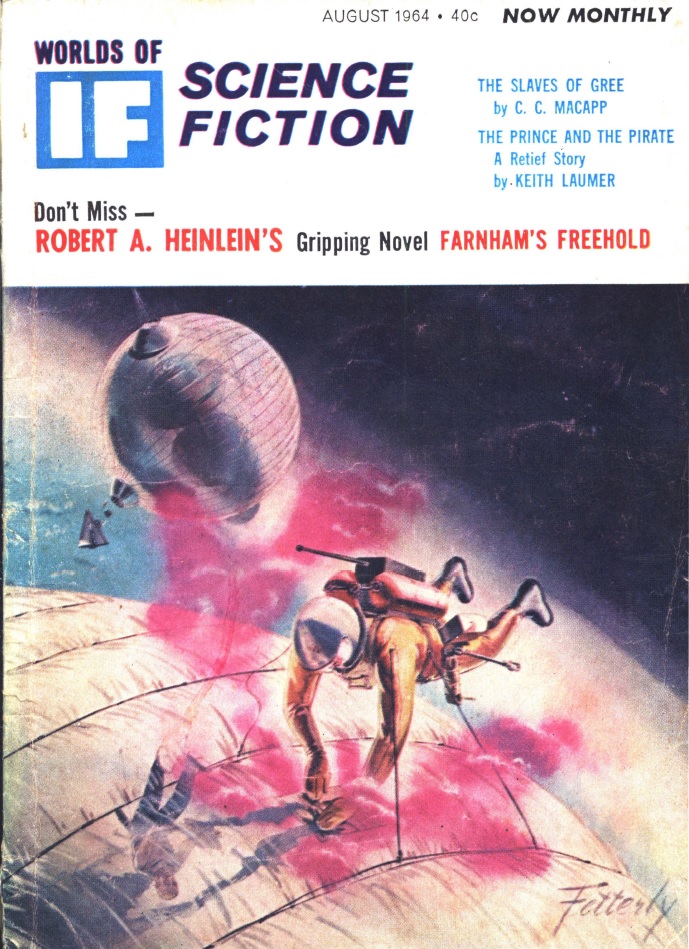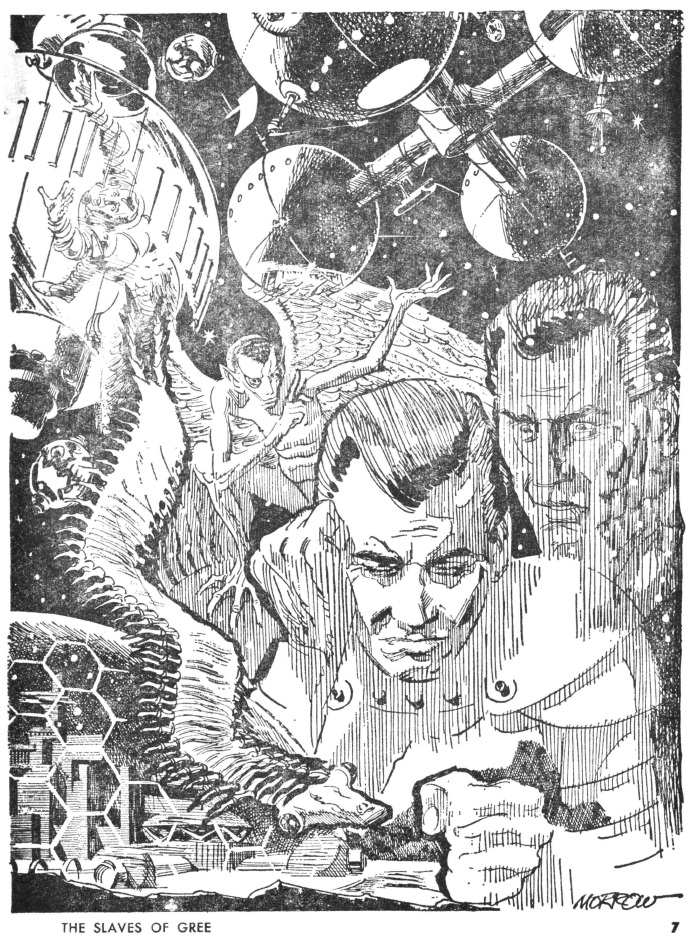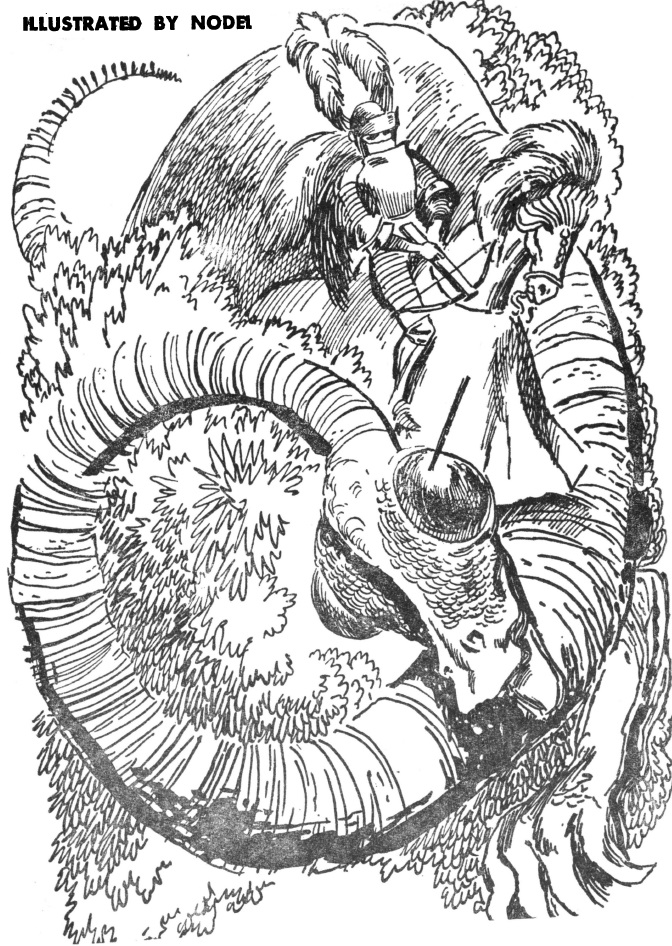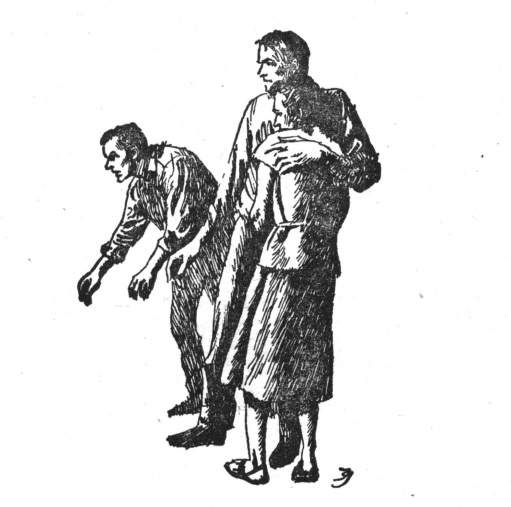
by Mark Yon
Scenes from England
Hello again!
It seems that the winds of change may be beginning to blow here again in the British Isles. Since we last spoke, we’ve had ex-Prime Minister Winston Churchill retire from Parliament, which may be a sign that the old guard is changing. There are also rumours of a General Election being announced later in the year.
Whilst we are in Parliamentary recess, the signs are that things will get rather intense after the Summer. Should be interesting: Labour have a vibrant new man at their helm, named Harold Wilson, who makes the Conservatives seem staid by comparison.
He’s even met The Beatles, making him the envy of 99% of Britain’s youngsters.
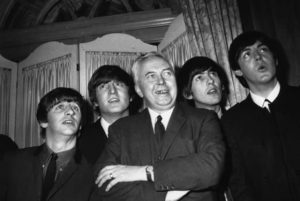
I am tempted to suggest that perhaps the Beatles should be elected – surely with their current global reputation they would stand a good chance. I have enjoyed reading about the US reaction to the A Hard Day’s Night movie, which seems almost as frenzied as the reaction here when I saw it back in July. I decided to wait for the fuss to die down before seeing it myself, but I did enjoy it a lot. If ticket sales are any sign of success, it’s still being shown in cinemas here, with some fans seeing it on a weekly basis.
In terms of music, the seemingly unstoppable Beatles have, after three weeks, had the single A Hard Day’s Night replaced by a slightly more unusual Number One: that by the mighty Manfred Mann (it’s a group and a person!) and their catchy number Doo Wah Diddy Diddy. My current favourite however is the rather loud and brash You Really Got Me by The Kinks.

If we’re not queuing up to see A Hard Day’s Night again, then the cinema pickings are a little slim. I did enjoy seeing Carry On Spying recently, a comedic spoof of the James Bond genre in that slap-around British manner that is not to be taken at all seriously. The plot is that a top secret chemical formula has been stolen by STENCH (the Society for the Total Extinction of Non-Conforming Humans), and so a bumbling set of trainee spies led by Agent Simpkins (Kenneth Williams) are on the trail, chasing villains such as The Fat Man, Dr Milchman and Dr Crow (really!) around the world.

Ok – it’s not subtle. But it made me laugh, and almost made up for the fact that Ian Fleming is no longer with us – I wonder what he would have made of it.
And whilst I mention Bond, I’m also waiting impatiently for the next Bond movie, Goldfinger, due here next month. Can’t wait.
The signs of change are also here in the newest New Worlds magazine as well. Three issues in of this new version and I think that we’re beginning to see the new format settling down into some kind of order. The good news is that the last couple of issues have been a marked improvement overall for me, although there have been some spectacular mistakes as well – Michael Moorcock’s ‘story’ Goodbye, Miranda in the last issue was just awful.
The Issue At Hand
The cover is another eye-catching one, by ‘Jakubowicz’, in the style of those previously done by Jim Cawthorn. I do like these new covers, they do grab your attention. Can you tell that this is a science fiction magazine? You certainly couldn’t with the last of the John Carnell issues. And we’re also (at last!) seeing some interior illustration as well – it was much missed.

The issue starts with a call-to-arms. We begin with a spirited Editorial from Mike Moorcock attempting to allay concerns that the new artistic approach in the magazine will be at a cost to the entertainment provided by reading old-style science fiction. It’s a convincing argument, although I’m not sure that it will change the views of some of the old-time readers.
The hints are that readership numbers are up on the new magazine – possibly double the print run of the old Nova format. If this is new readers, or lapsed readers, then surely the opinion of ‘the oldsters’ will be less important?
To the stories themselves.
The Shores of Death (Part 1 of 2), by Michael Moorcock
So we begin with the first part of a two-part serial written by the editor of the magazine. And at first glance, the title is straight out of the Pulp-SF era, a tad over-melodramatic.
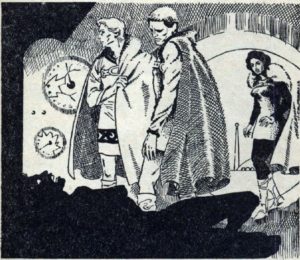
Nevertheless, the story is promising, although typically dour. The future for Humanity seems bleak as our galaxy colliding with another means the end of all we know soon. In addition to this, travel to other places seems to be difficult, if not near impossible – most of those who try to travel long distances away from Earth either die or are driven mad. Our hero of the story, Clovis Marca, is searching for something – an answer, a solution, a source of inner peace before the end, perhaps. He is pursued by people – one is Fastina Cahmin, a young woman, the other the enigmatic Take, who may have an answer for Clovis, though he’s not saying (yet) what it is.
So again, this is an old-style pulp story given new sensibility. There’s sex and lots of inner angst, as Clovis is driven to search for answers. It has that tone of what I’m now noticing as a British theme that the future will be bad and will get worse, and all ends abruptly to be continued next month, but it feels like a lot of fuss about nothing special, which is never good for a story, I find. It’s another so-so effort from the editor, though not as bad as Goodbye Miranda. 3 out of 5.
Private Shape, by Sydney J. Bounds
Another of the old guard making a return to the new magazine. This is an odd one – a Marlow-esque attempt to tell a detective-noir story from the viewpoint of a shape-changing private detective. Didn’t really work for me. 3 out of 5.
Integrity, by P. F. Woods
Another friend of the editor, this is Barrington J. Bailey under his nom de plume, who appeared most recently in the May-June 1964 issue. Integrity is described in the heading as “a story of a Goldwater paradise” about a future ‘Free America’ where shooting everything and everybody for social placement seems common. I get the impression that it’s meant to shock, or at least warn, but it just seems like reality magnified to an unrealistic degree, and therefore loses credibility to me. 3 out of 5.
I Remember, Anita, by Langdon Jones
By contrast I liked this one more. The second story in successive issues by relative newcomer Langdon Jones. I must admit that the title gave me concern as its title reminded me of the Moorcock story last issue, but I’m glad to say that this one was better. It is a love story which initially reads as if it could be published in a mainstream magazine but has a science-fictional twist in the tale at the end. Surprisingly sexy and shocking. This is better than his last story and shows surprising potential. 4 out of 5.
Andromeda, by Clifford C. Reed
Last seen in March 1964, Cliff Reed gives us another dystopian tale. Andromeda is a protest story in a time of strict control, and the consequences to a young woman who dares to speak up in a totalitarian society on “Free Speech Sunday”. It’s another nicely told story, showing how a figure of protest can become a focus point when she chooses to die rather than remain in captivity. A talky tale. 3 out of 5.
New Experience, by E. C. Tubb
I could make a cliched comment about this being a "New Experience", having traditional sf writer Tubb in this new issue of New Worlds, but modesty forbids…
Nevertheless, the return of Tubb is an interesting one. I liked his last serial, Window on the Moon in New Worlds (April – June 1963) at the beginning, although it was a bit of a mess at the end. I was hoping that this story was better.
The story itself is little more than what I can only imagine is a bad drug trip wrapped up in a basic science-fictional idea that scientists are searching for a drug that will remove painful memories. Like a lot of inner-space stories it involves ideas of god-like deities.
It’s certainly different to Window on the Moon, and although it covers similar ideas to stories from the end of the Carnell era – I suspect that it might be one left over in the pile, so to speak – it is better than most of those other drug-addled stories. I can see why Moorcock would like it, as it clearly plays to his William S. Burroughs-ian interests. But for someone like me whose drug-taking extends to the odd cup of tea it leaves me unmoved. Self-obsessed and yet surprisingly dull. 3 out of 5.
The point that the long-established writer’s name has not been used on the front cover of the magazine to sell it, whilst relative new writer Michael Moorcock’s has, is rather telling of the new approach to the magazine. Will Moorcock’s name grab the attention more than Tubb’s?
The return of the book review column shows Burroughs mentioned by Moorcock again as he extols the virtues of J G Ballard and his new book The Terminal Beach.
James Colvin (don’t forget, a pseudonym of Moorcock and Barrington Bayley, which must make editorial meetings interesting!) similarly praises John Carnell’s latest publications – a ‘best-of’ New Worlds from 1961-63, published in America, and his first publication here since stepping away from New Worlds called New Writings in SF.
Honesty time – I tried reading it myself last month and really disliked it, as it seemed to be a issue of old-style New Worlds published in paperback form. It was tired, overwrought and had what I saw as all of the weaknesses of the old magazine but in a book form. I couldn’t finish it.
The review here disagrees with my view, considerably, being “a good start to the series which promises to be one of the most popular and influential ever to be published in this country.” Hmm.
Of the short book reviews there’s a mixture of fairly un-original fiction, often not the best of the writers involved, and some excellent non-fiction. I was amused by the summary of Robert A Heinlein’s Revolt in 2100 as “really scraping the bottom of the barrel here. 3 stories on overworked themes by SF’s shadow-Hemingway.” I quite liked them.
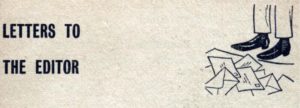
In terms of the Letters, there’s more debate on the issue raised in the Editorial, of the point of difficult books over simpler fare, (summarised as “Ulysses is a classic and Finnegan’s Wake a dud”) and a plea to recognise the range in current sf – there is room for everything from Clarke to Burroughs. A sort of “Don’t throw the baby out with the bath water!” kind of thing.
As ever, the reader’s ratings of recent issues make interesting reading, to see if the critical mass feel the same as I did. No surprises to see Ballard doing well, but Goodbye Miranda came fourth – did they read the same story as me?
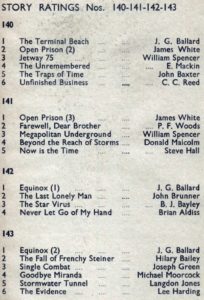
Summing up
I’m now starting to get an idea of what Moorcock is trying to achieve here. In this new incarnation of New Worlds he clearly wishes to move the genre forward but is also conscious of maintaining links to the past. There is not a complete break with the traditions of the past but there is a clear determination to move towards softer science and more literary material. It hasn’t always worked for me this issue, but I can now see where I think things are going. It should make things interesting. More change…. Exciting times.

On this new schedule the next issue will be out at the end of October. However, I am hoping that I’ve finally been able to get hold of a regular supply of Science Fantasy magazine, which should be out next month. Until next time…
[Come join us at Portal 55, Galactic Journey's real-time lounge! Talk about your favorite SFF, chat with the Traveler and co., relax, sit a spell…]

![[August 27, 1964] Change..? ( <i>New Worlds</i>, September-October 1964)](https://galacticjourney.org/wp-content/uploads/2019/08/640827newworlds-1-553x372.jpg)

![[August 25, 1964] Combat Zones (September 1964 <i>Fantastic</i>)](https://galacticjourney.org/wp-content/uploads/2019/08/FANTSEP1964-e1565757244659-427x372.jpg)

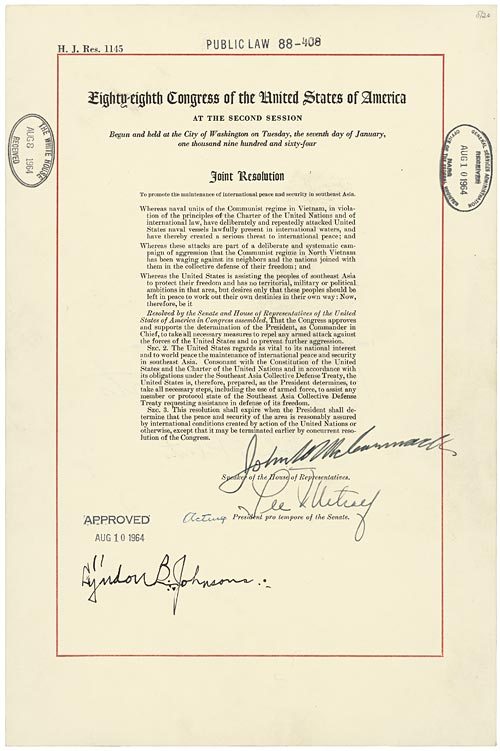
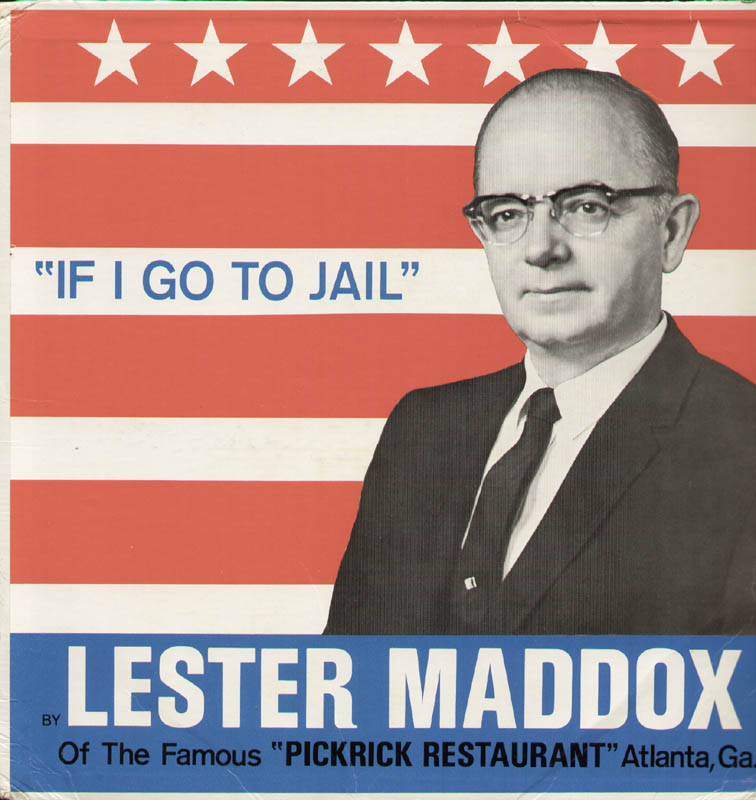



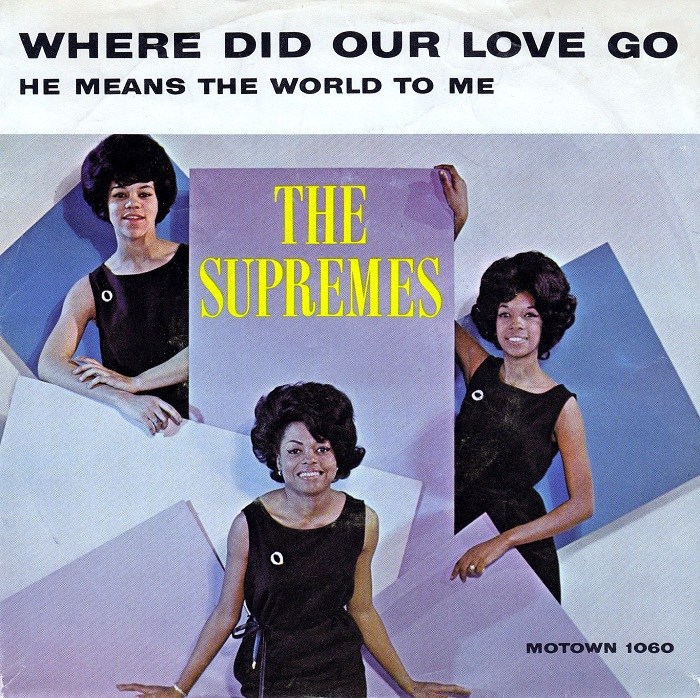

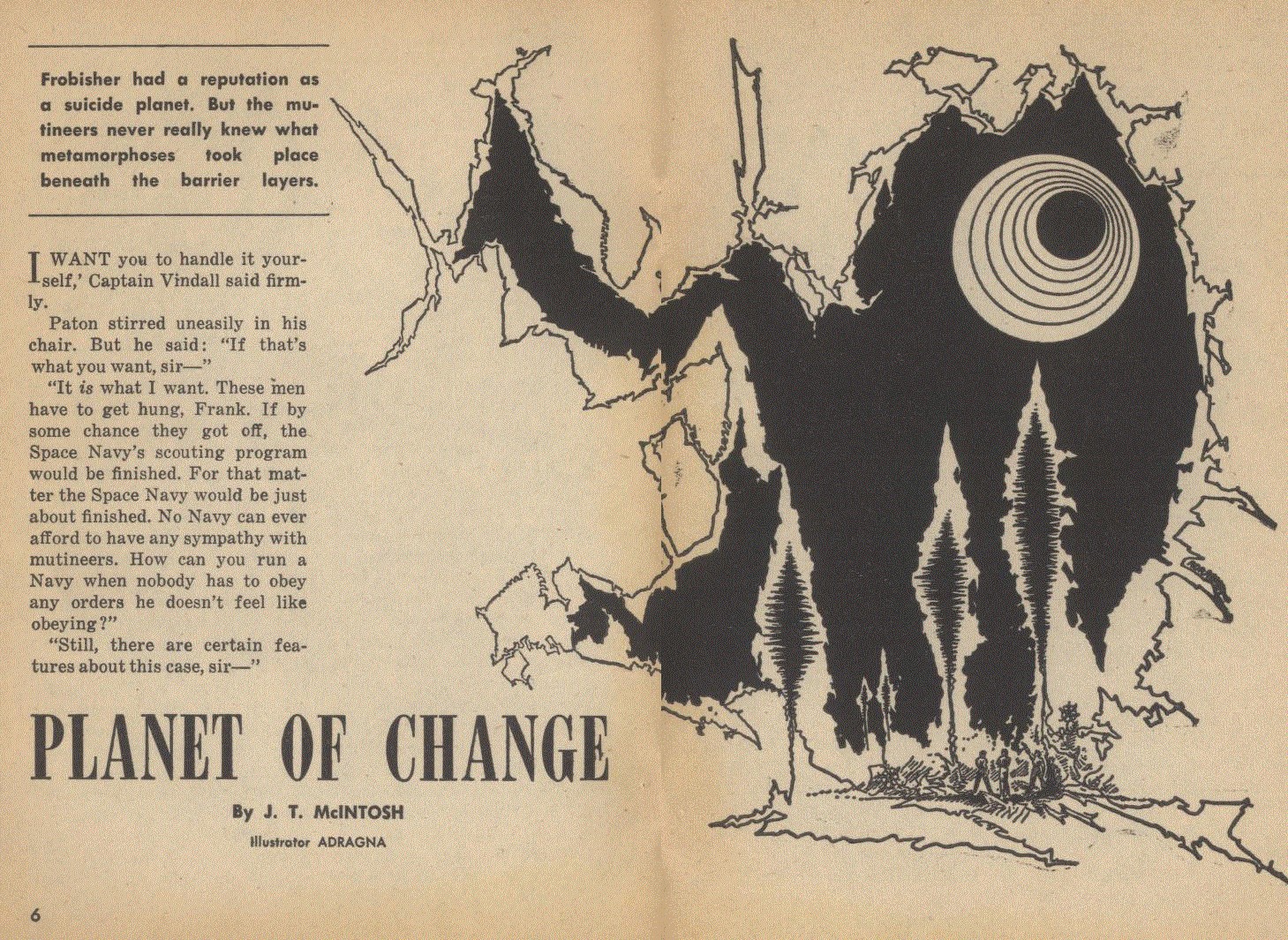

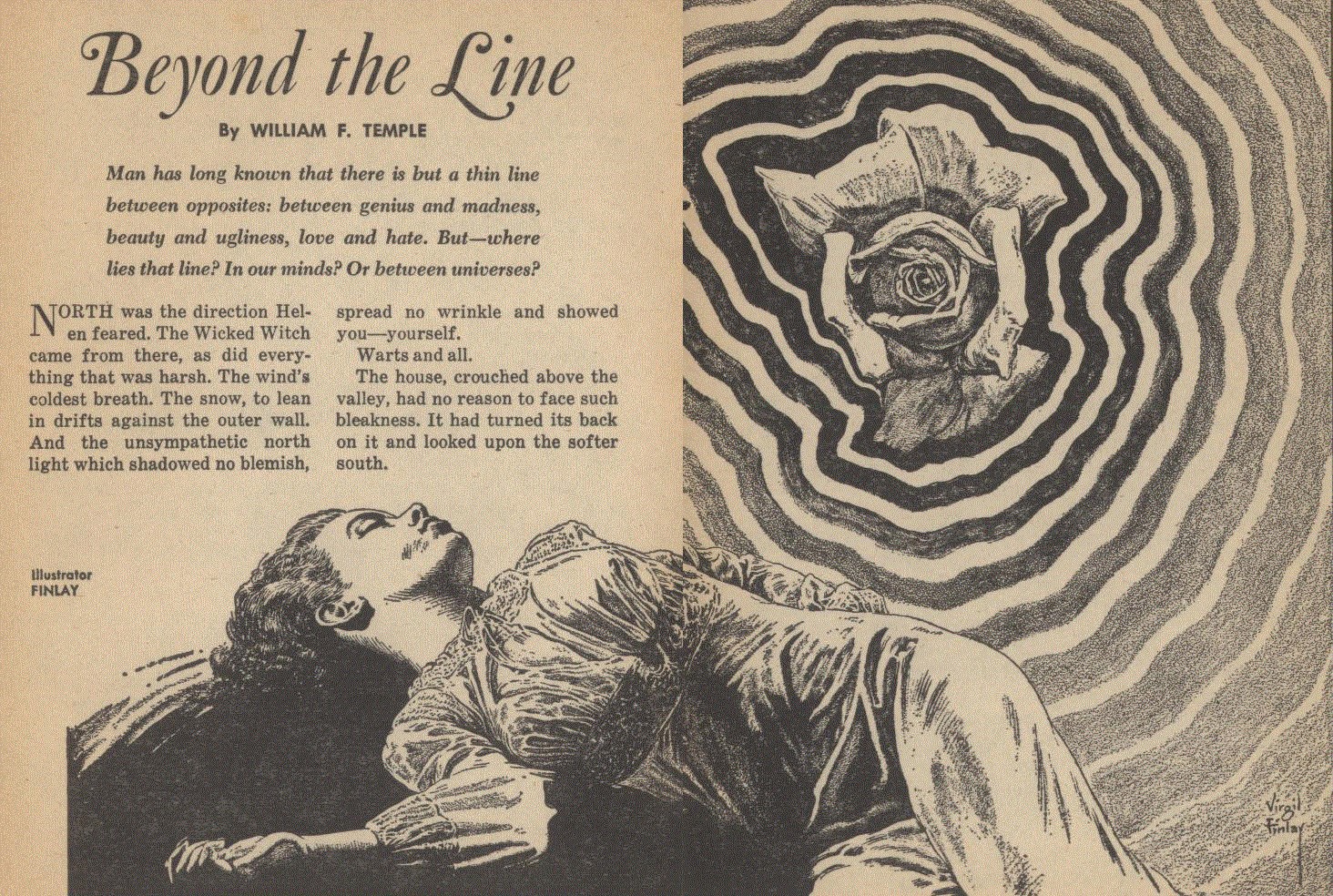

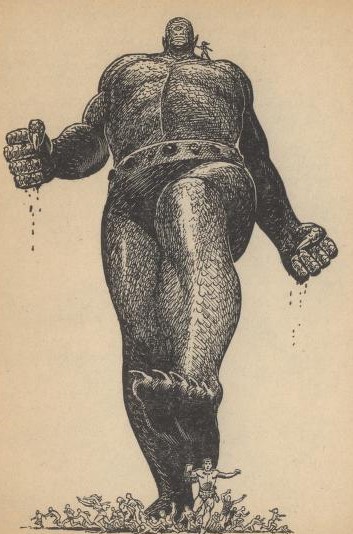
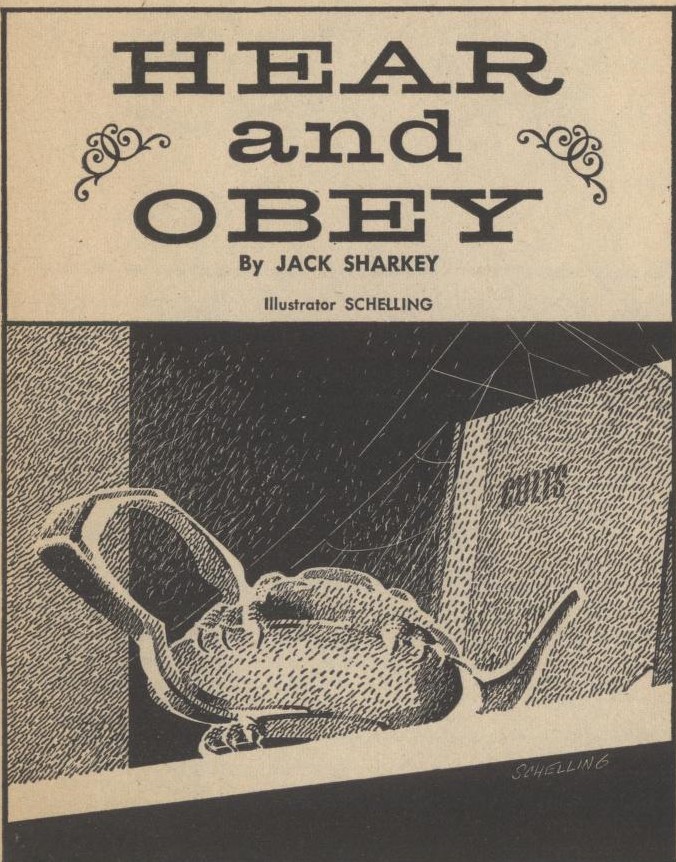

![[August 21, 1964] The Good News (September 1964 <i>Fantasy and Science Fiction</i>)](https://galacticjourney.org/wp-content/uploads/2019/08/640821cover-672x372.jpg)










![[August 13, 1964] Plus ça change (September 1964 <i>Amazing</i>)](https://galacticjourney.org/wp-content/uploads/2019/08/amz0964cover-2-649x372.png)









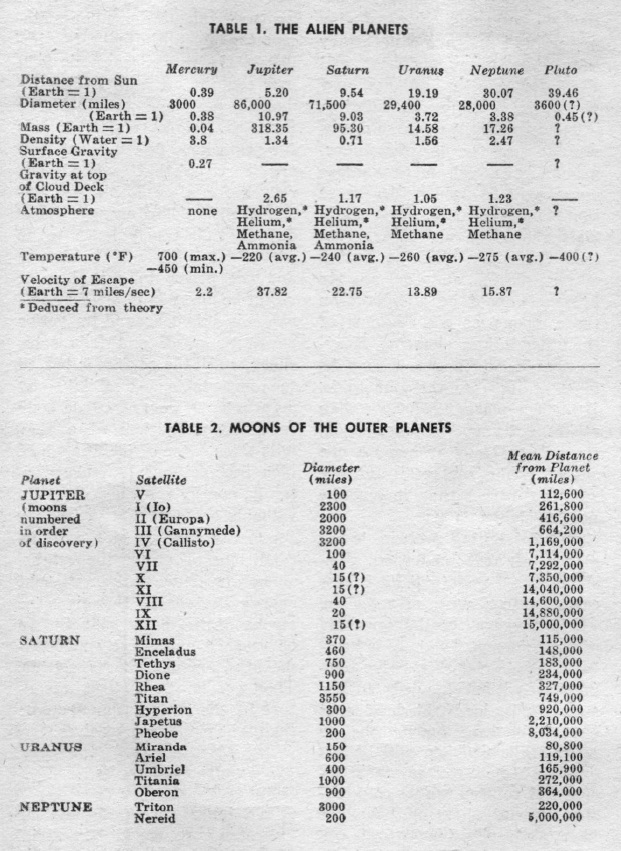
![[August 3, 1964] Running hot and cold (August 1964 <i>Analog</i>)](https://galacticjourney.org/wp-content/uploads/2019/08/640803cover-672x372.jpg)



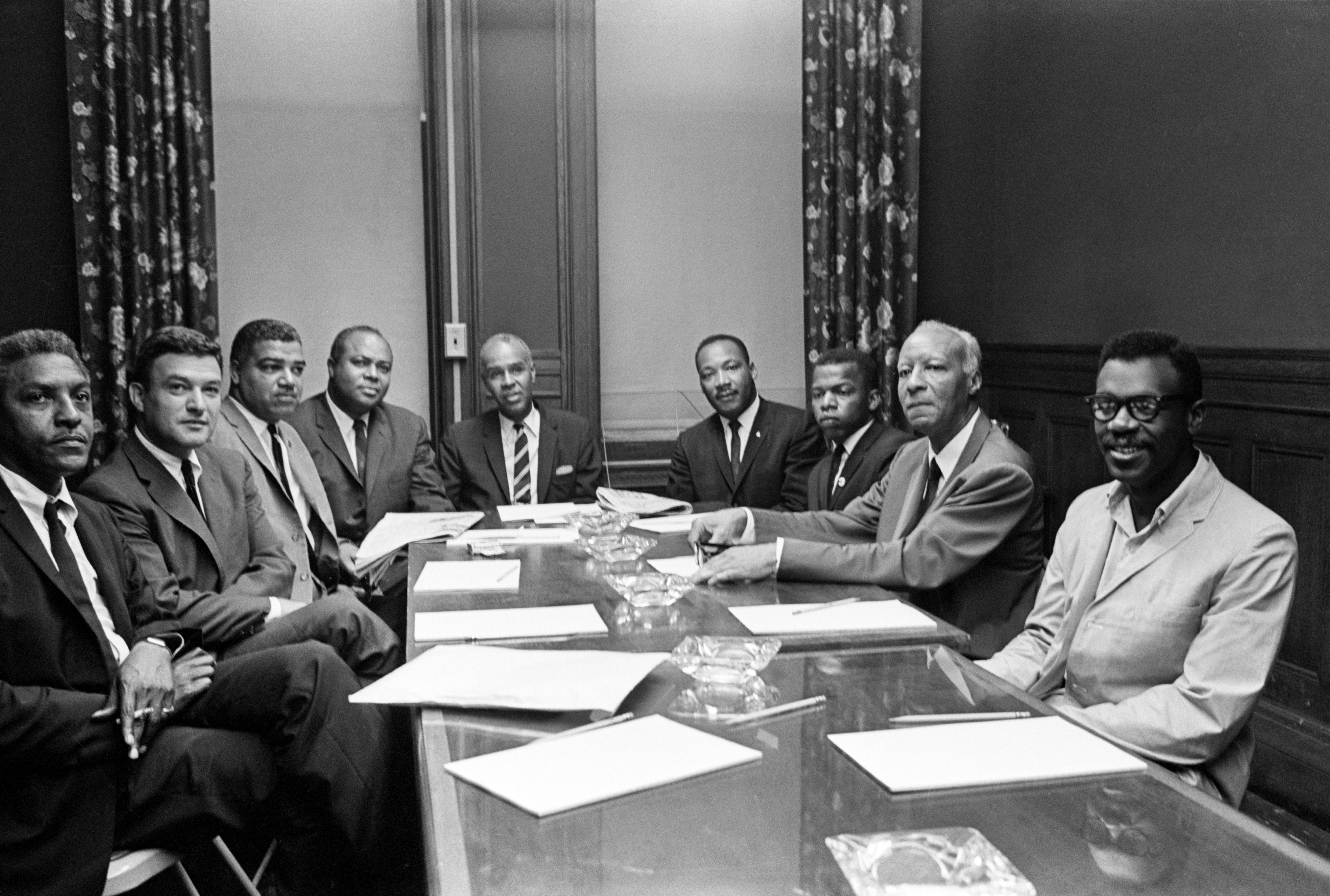

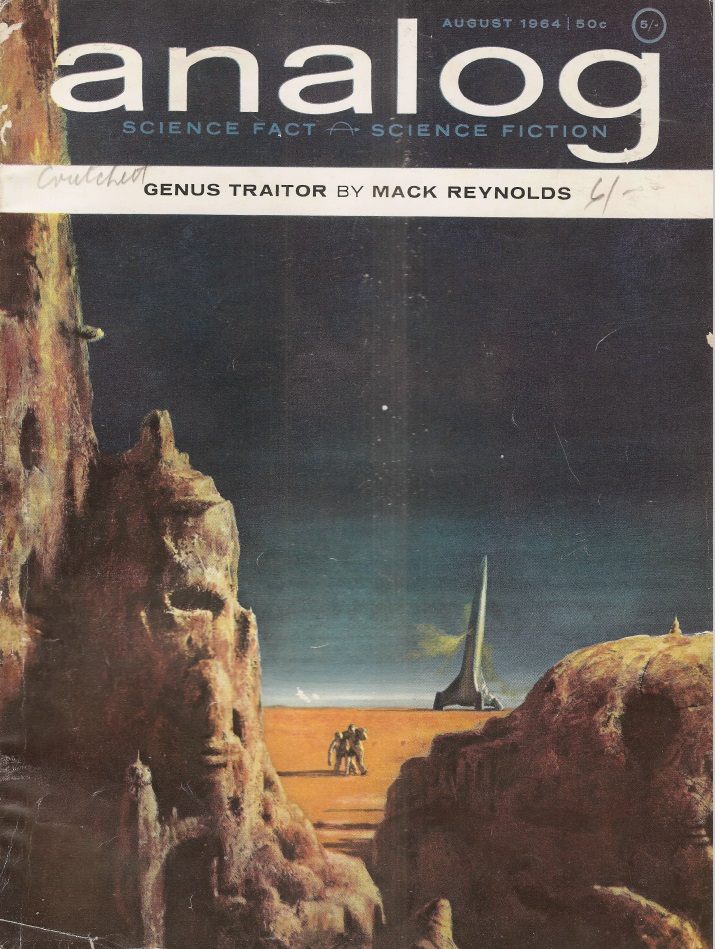

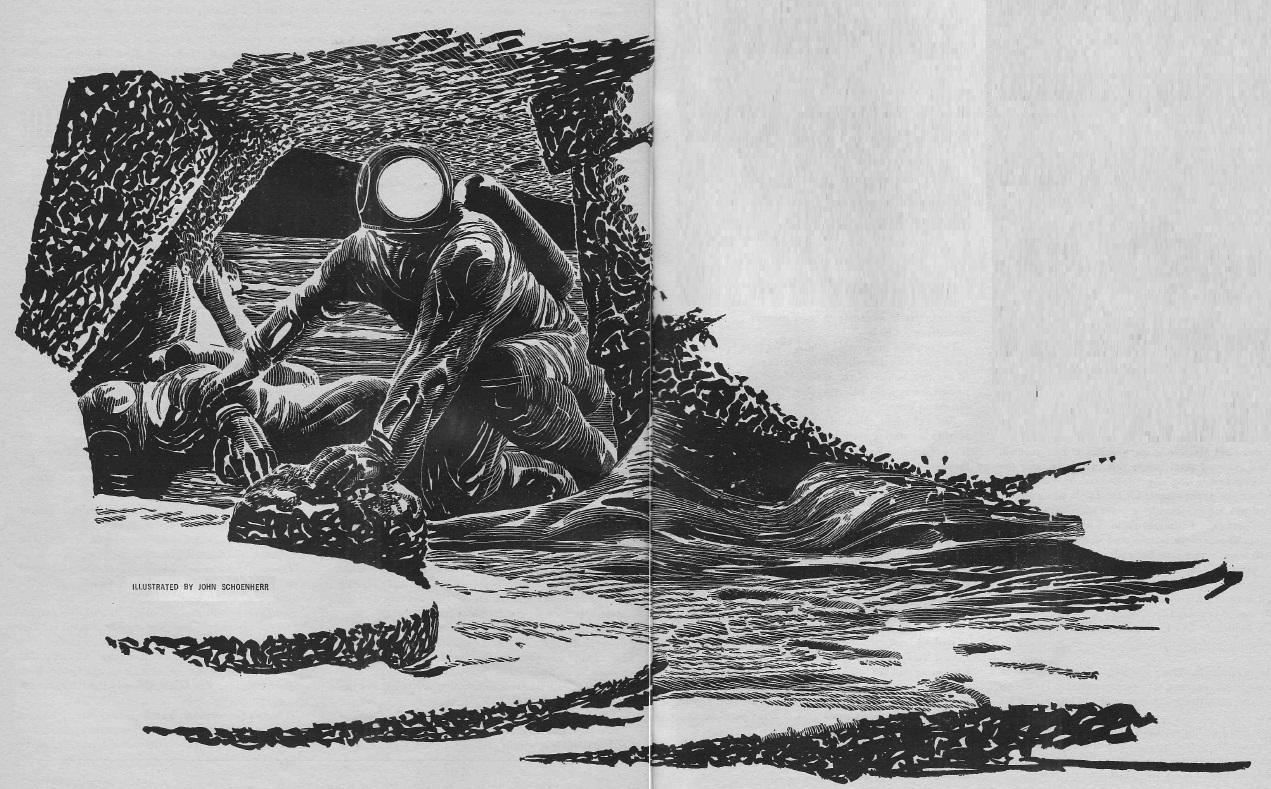

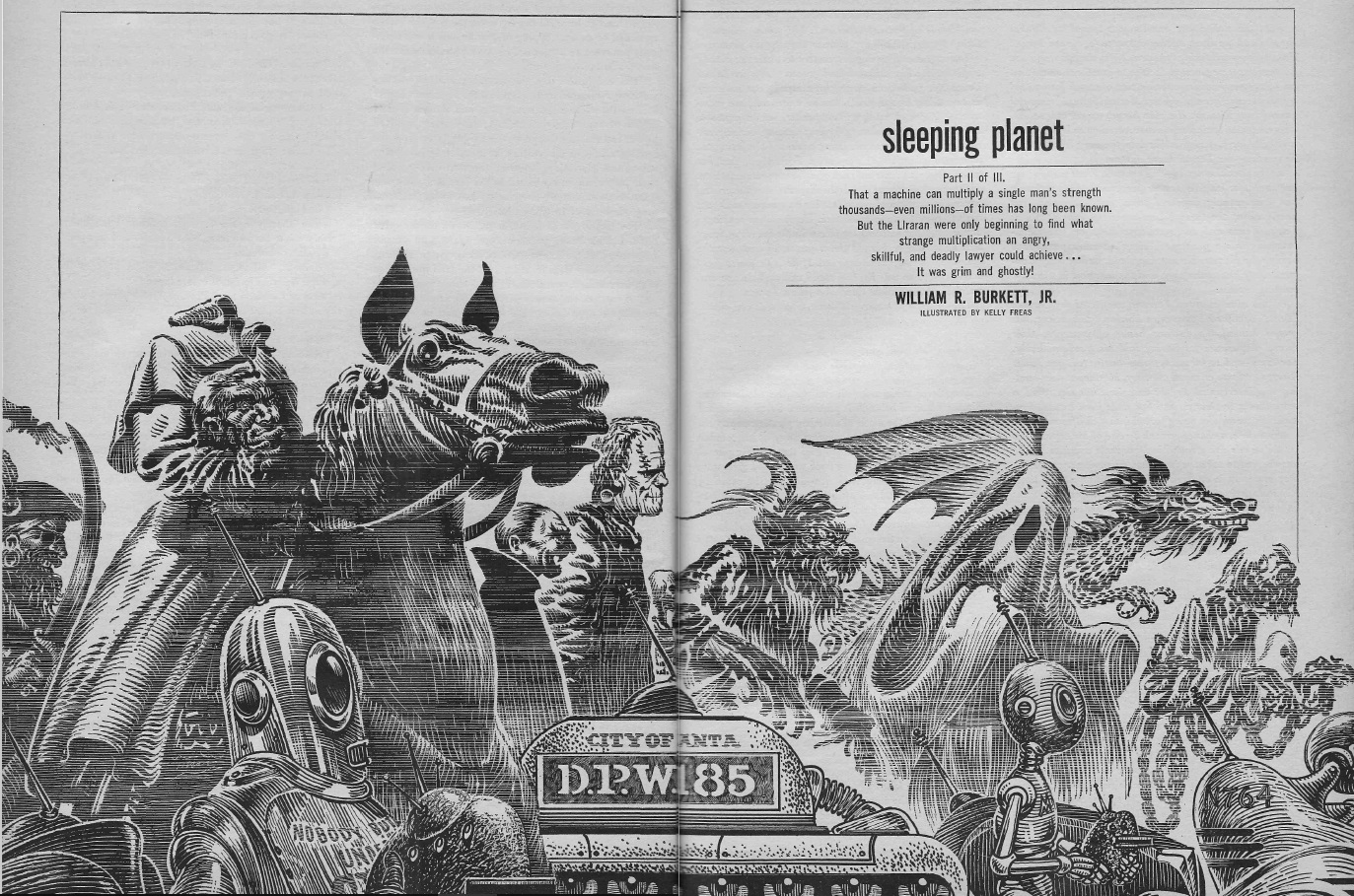

![[July 22, 1964] (August 1964 <i>Fantasy and Science Fiction</i>)](https://galacticjourney.org/wp-content/uploads/2019/07/640722cover-672x372.jpg)


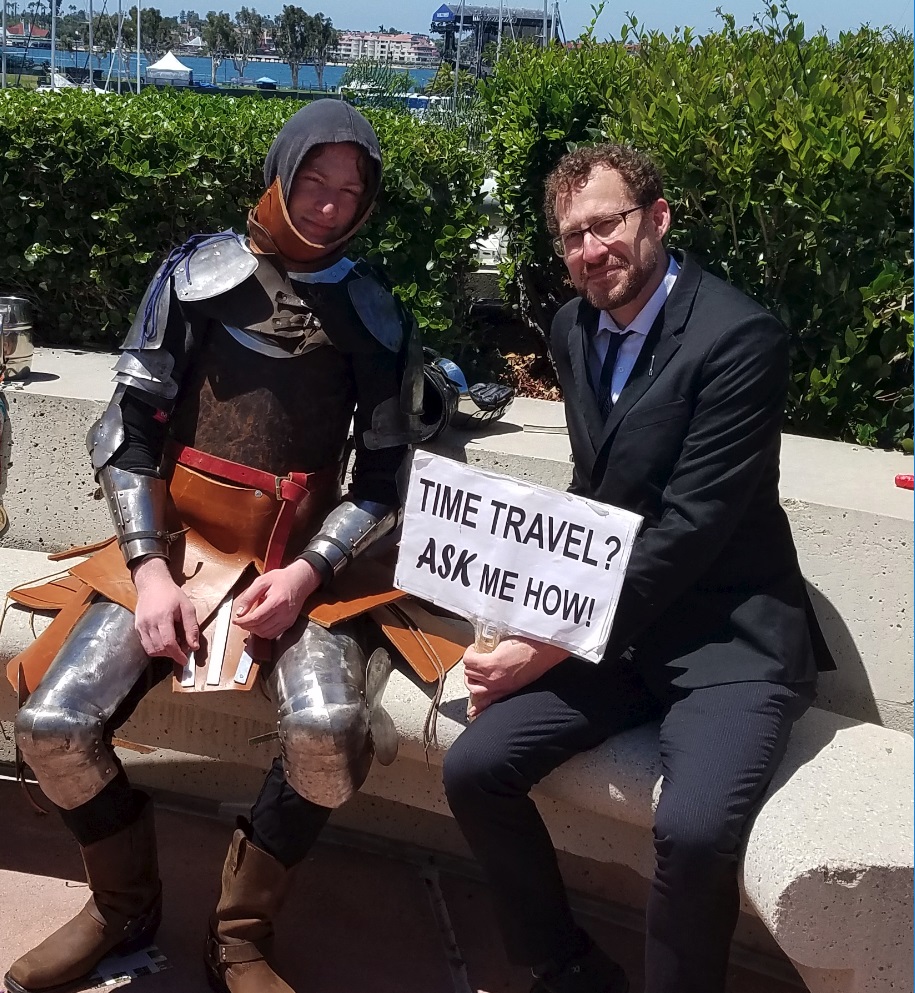



![[July 20, 1964] Dashed Hopes (August 1964 <i>Fantastic</i>)](https://galacticjourney.org/wp-content/uploads/2019/07/26179-400x372.jpg)





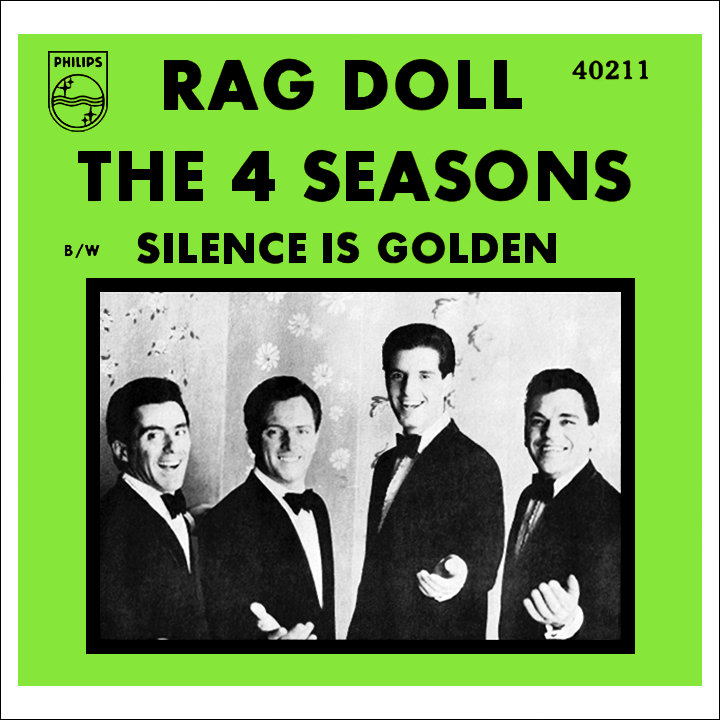


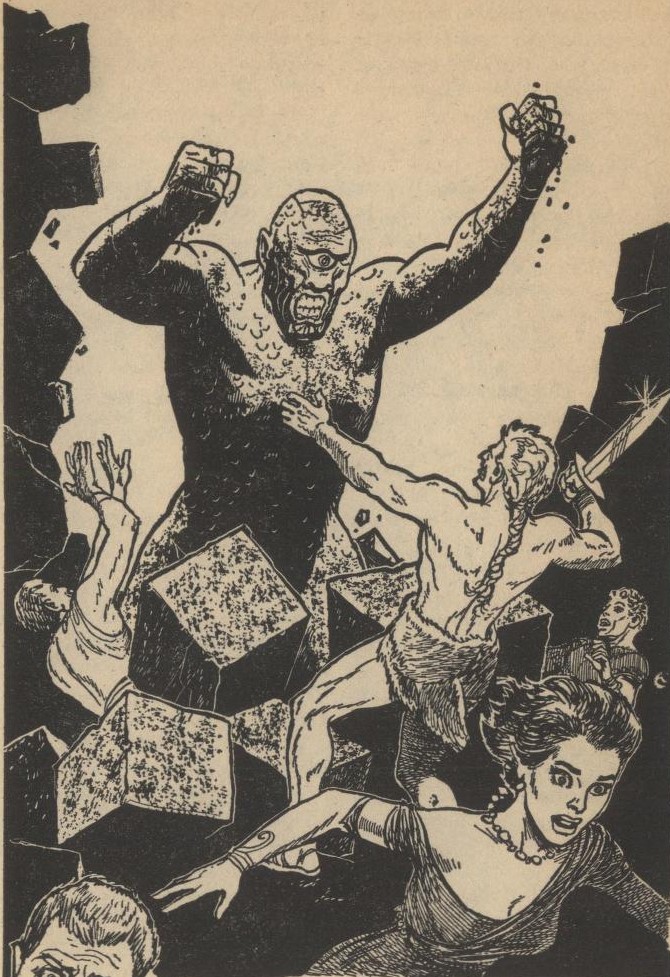



![[July 16, 1964] Un-Conventional (August 1964 <i>Galaxy</i>)](https://galacticjourney.org/wp-content/uploads/2019/07/640716cover-398x372.jpg)








![[July 14, 1964] TO THE MOON, ALICE (the August 1964 <i>Amazing</i>)](https://galacticjourney.org/wp-content/uploads/2019/07/640714cover-659x372.jpg)









![[July 6, 1964] Busy Schedule (August 1964 <i>IF</i>)](https://galacticjourney.org/wp-content/uploads/2019/07/640706cover-672x372.jpg)

